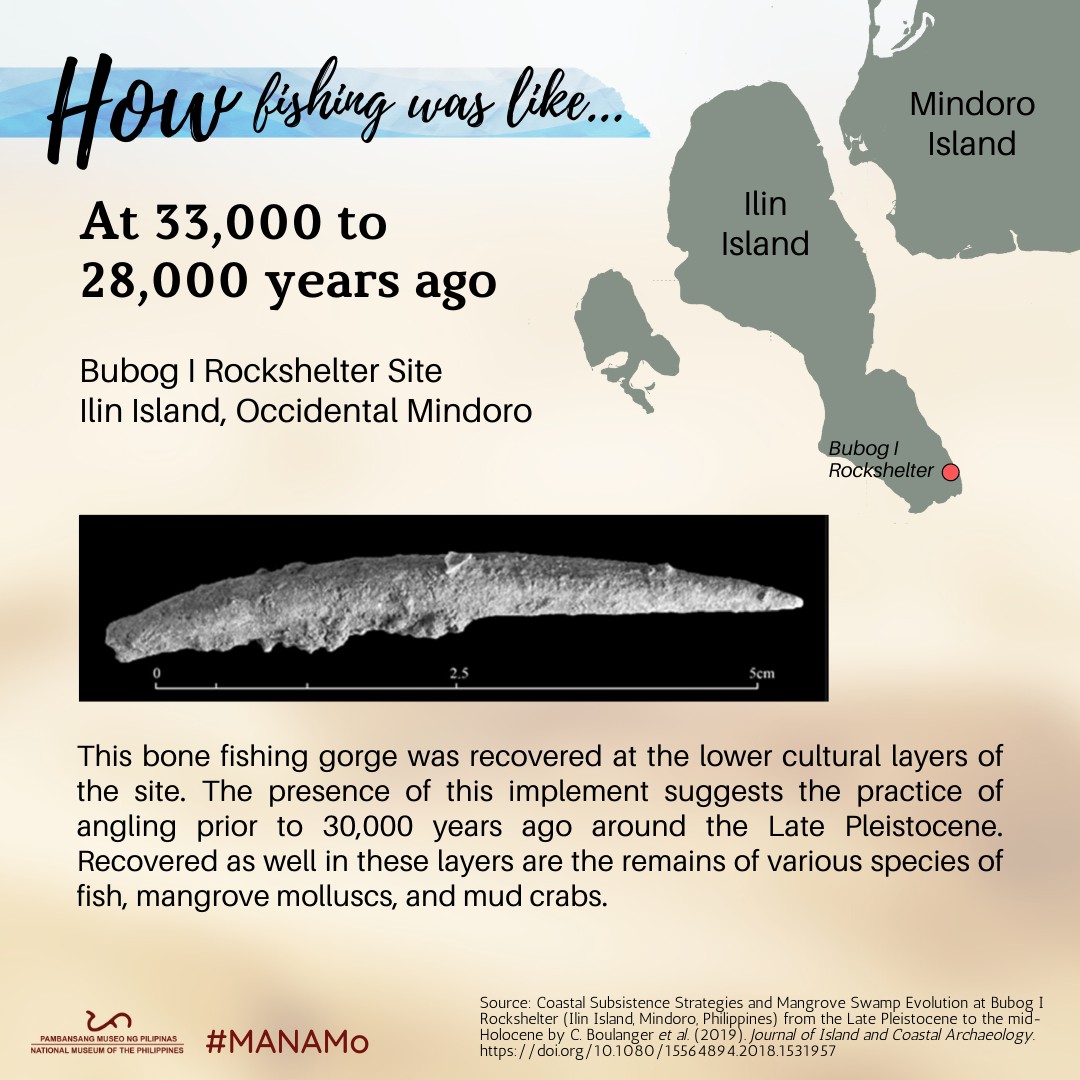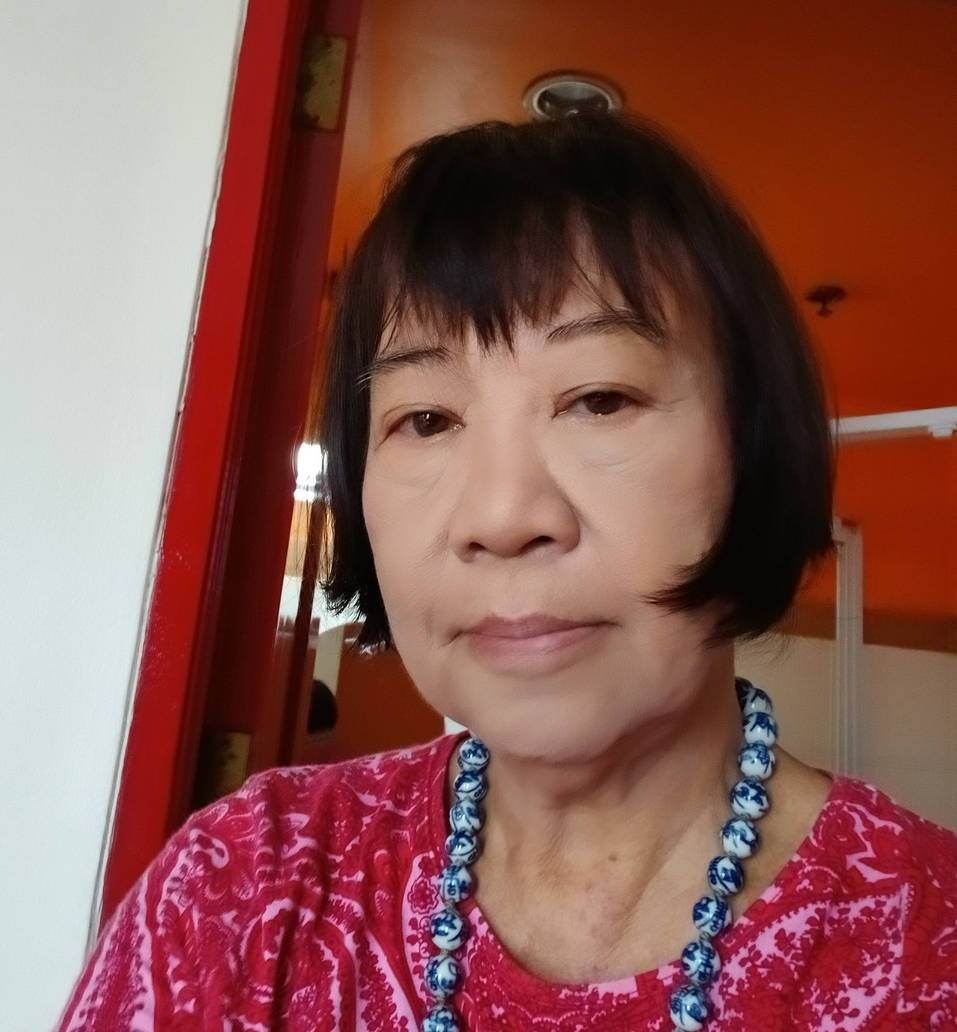Photos from the National Museum of the Philippines
How did early islanders in Mindoro live and survive? Through the Mindoro Archaeology Project, researchers have presented a story of “effective human migration, advanced technological innovation, and long-distance intercultural relations” more than 35,000 years ago in Island Southeast Asia (ISEA), the island nations and territories between mainland Southeast Asia and Australia/New Guinea that includes Brunei, Indonesia, Malaysia (parts), Philippines, Singapore, and Timor-Leste.
Mindoro provides “the most complete record” so far of the presence of anatomically modern humans (Homo sapiens) in the Wallacean part of the Philippines during the Late Pleistocene (2.58 million years ago-11,700 years ago) and Holocene (the last 11,700 years).
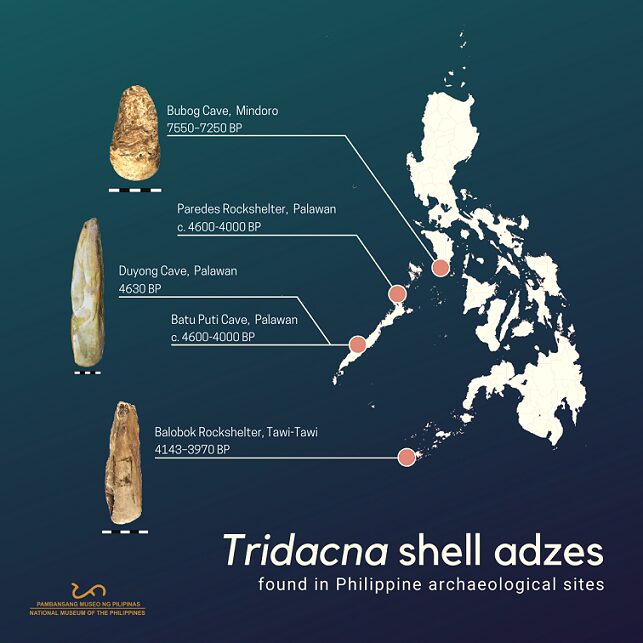
Occidental Mindoro’s archaeological sites include the caves and rock shelters of Ilin Island, San Jose, and Sta. Teresa, as detailed in reports by Alfred F. Pawlik, et al, Chronology and ecology of early islanders in the Philippines:The Mindoro Archaeology Project, Archaeological Research in Asia, June 2025 and Riczar Fuentes and Alfred Pawlik, Testing the waters: Plant working and seafaring in Pleistocene Wallacea, Journal of Archaeological Science, April 2025.
Excavations have unearthed human skeletal fragments, animal bones, shells, and tools made from stone, bone, and shell that reveal the daily lives and survival strategies of early maritime communities. Animal remains included wild pig, tamaraw, deer, turtles, lizards, and rodents such as the now extinct Ilin cloud rat.
A small pile of obsidian flakes were recovered from Ilin Island; there is no known source of obsidian in Mindoro, Palawan, or Cebu, thus providing another evidence of long-distance interaction with other communities in the region.
Wallace Line/Huxley Line
Mindoro, like most of the main Philippine islands except Palawan, has never been connected to mainland Southeast Asia by land bridges or ice sheets. The only way to travel from one island to another is by sea, using watercraft.
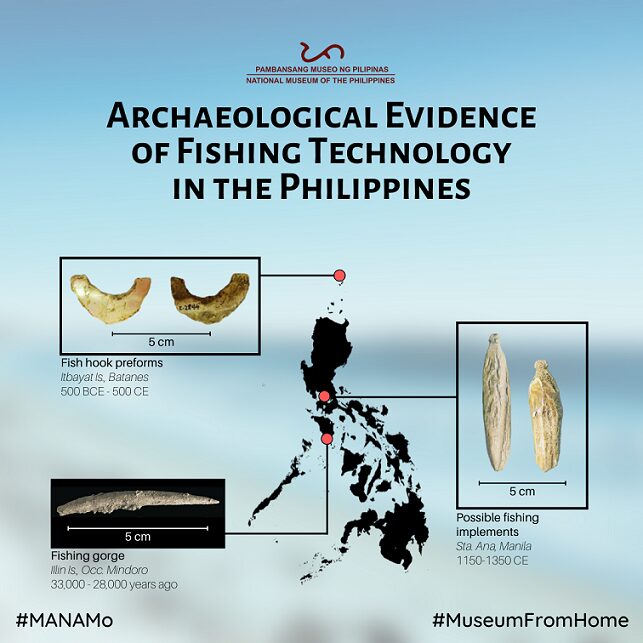
It lies east of Huxley Line/ Wallace Line, an imaginary biogeographic boundary that separates some islands of Southeast Asia connected to the Asian continent during the Pleistocene (Palawan, Borneo/Kalimantan, Bali, Java, and Sumatra) from the oceanic part of Southeast Asian archipelago or Wallacea that were never connected to the Asian continent (most islands of the Philippines, except Palawan and the East Indonesian islands including Timor), all surrounded by deep sea and required sea crossing to reach.
It implies that Mindoro’s early inhabitants had knowledge in seafaring and boat-building and had mastered crossing the open sea, reflecting their “advanced cognitive and technological skills” to connect with distant islands and peoples in the vast maritime region of Wallacea.
Among the organic tools found in Mindoro is a fishing gorge made of bone from Ilin Island, the earliest evidence of bone technology east of Huxley’s Line, used in open sea fishing. Found in the same layer were remains of large pelagic fishes from the open sea such as bonito and shark. A gorge is a prehistoric fishing tool pointed at both ends, and secured in the middle with a line.
Shell tools
Shells were used as raw materials for tools, such as shell adzes for scraping and sawing. Beach pebbles were used as hammers to open larger marine shells such as conch shells, top-shaped sea snails, or spider conchs.
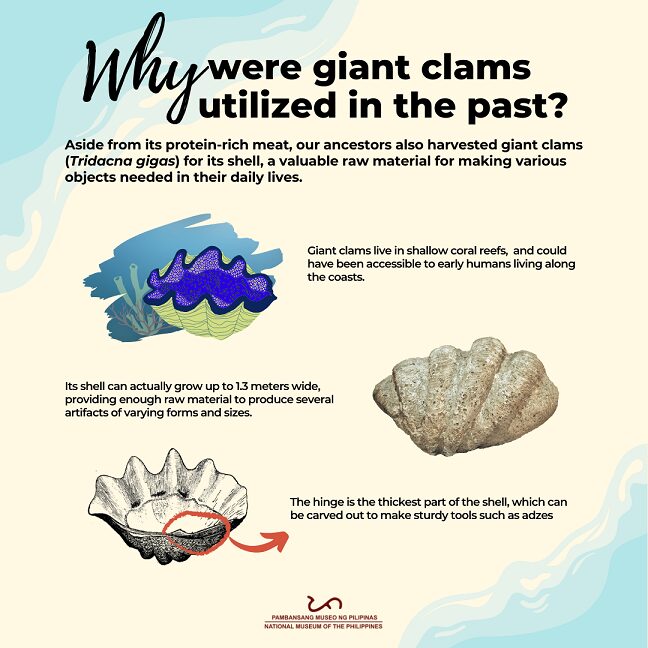
The shell adzes were made by the early islanders over 3,000 years before “early agricultural communities appeared” in the archipelago, notes A. Pawlik. They also made adzes from giant clam shells (Tridacna gigas), the largest bivalve mollusk. Carved from the hinge part of the shell, these adzes were ground and polished to produce a smooth blade like a chisel, dated 7,000-9,000 years ago. They are similar to the shell adzes found across ISEAS and as far as Manus Island in Papua New Guinea, some 3,000 kilometers away.
In addition, the possibility remains that these adzes were used in seafaring and boatbuilding.
Plants
Trace analysis of plant remains revealed a variety of hardwoods and softwoods, including an edible nut (Canarium hirsutum) used as medicine and fuel, and root crops such as yams.
Remains of several varieties of woody vines indicate the prehistoric making of fibercraft such as cordage, rope, nets, and baskets.
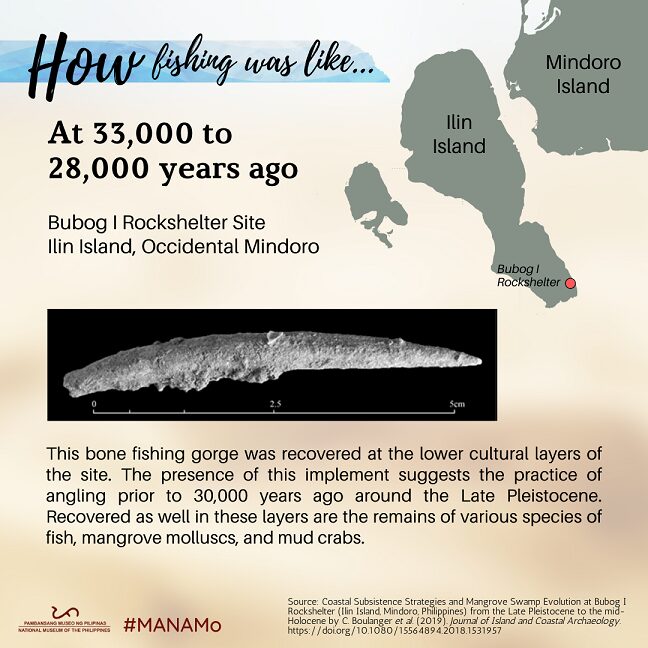
Burial practice
Researchers found a human grave on Ilin Island dated around 5,000 years ago, with the body in a fetal position and covered with limestone slabs, similar to the flexed burials found across Southeast Asia that suggested “shared ideological and social influences…”.
Mindoro’s archaeological sites have provided evidence that its early inhabitants were “behaviorally and technologically adapted to coastal and maritime environments” by hunting, foraging, and fishing. They hunted large and small mammals, mostly wild pigs, deer, bovine, and reptiles, and made use of vines, tubers, and nuts.
It also suggests that Mindoro and nearby islands were part of “an extensive maritime network that existed already during the Stone Age…” Such vast networks engaged in “cultural and technological exchange” between early peoples and communities across ISEA for thousands of years.
An ongoing project since 2011, the Mindoro Research Project is composed of a team of researchers from Ateneo de Manila University, University of the Philippines, National Museum of the Philippines, and other international universities and research centers.
